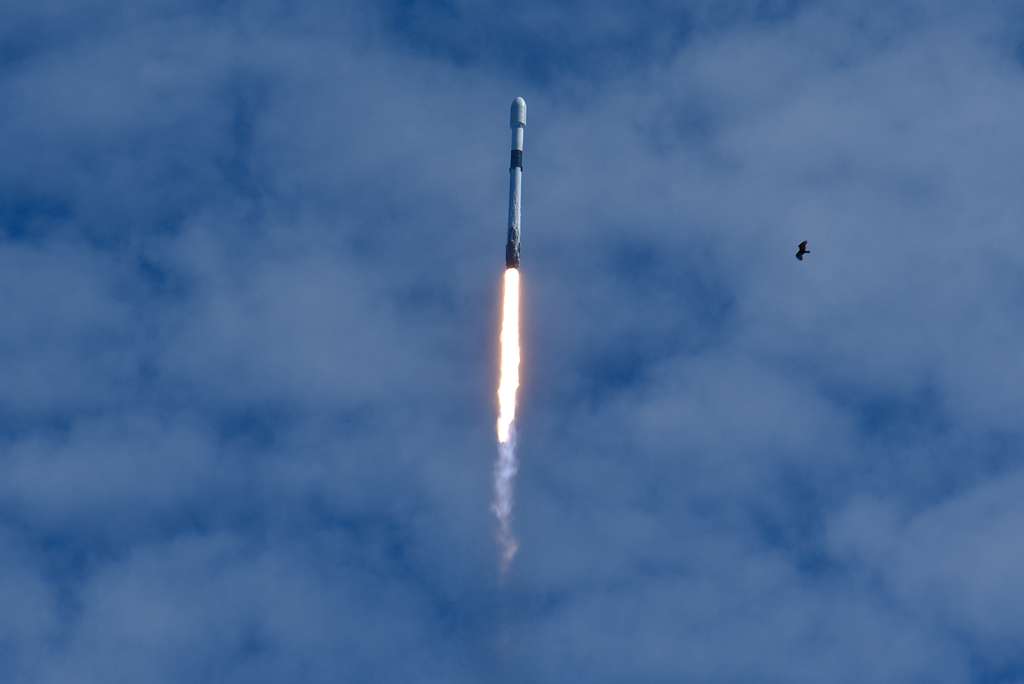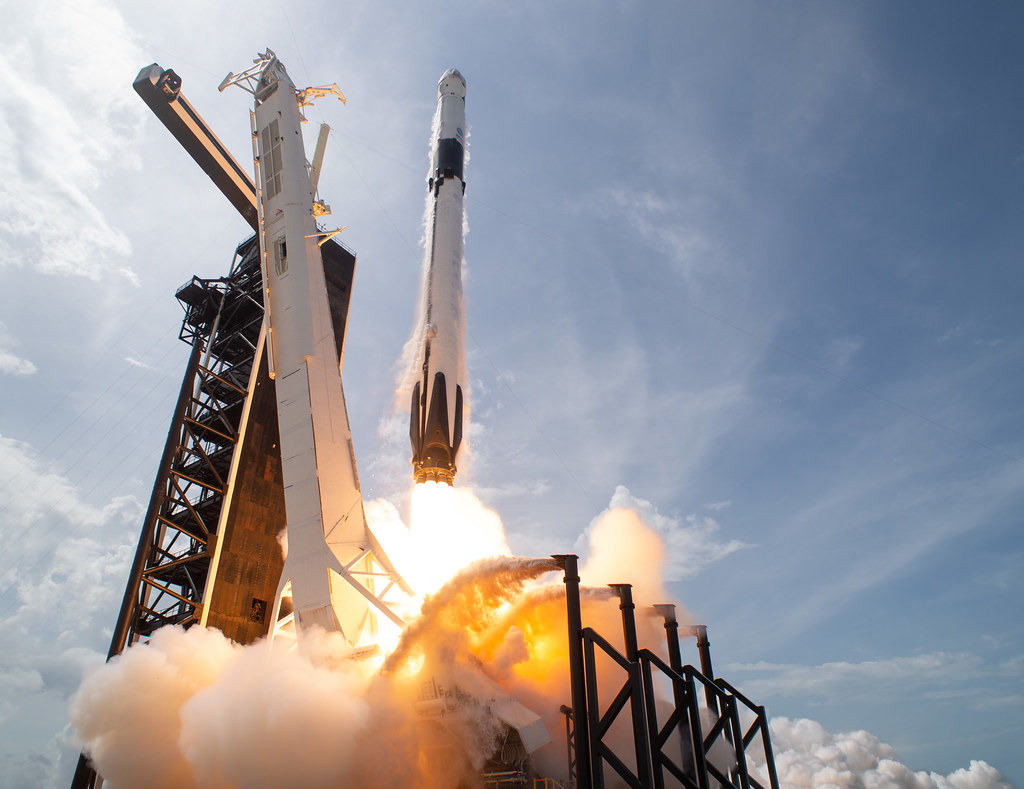In a stunning display of resilience and technological prowess, SpaceX launched two Falcon 9 rockets within just 65 minutes on Saturday, acing both booster landings only days after a recent landing failure.
The double-header launch kicked off in the early hours with a Falcon 9 rocket lifting off from Florida’s Cape Canaveral Space Force Station. This mission, dubbed Starlink 8-10, delivered 21 Starlink satellites into orbit, 13 of which are equipped with new “Direct to Cell” capabilities that enable direct connectivity with smartphones on Earth. The rocket’s first stage completed its 18th successful landing on the drone ship Just Read The Instructions in the Atlantic Ocean.
🌌 California Launch Follows Close Behind
Just over an hour later, at 1:48 a.m. PDT, another Falcon 9 rocket launched from California’s Vandenberg Space Force Station. This Starlink 9-5 mission also carried 21 Starlink satellites, with 13 featuring the same innovative “Direct to Cell” technology. The rocket’s booster nailed its ninth landing on the drone ship Of Course I Still Love You in the Pacific Ocean.
These launches come just three days after a rare Falcon 9 booster failure during a landing attempt on August 28. The booster, which had set a record with its 23rd flight, caught fire and toppled over after landing on its drone ship. Despite this setback, SpaceX quickly bounced back, securing FAA approval to resume Falcon 9 operations while the investigation into the failure continues.
🛰️ A Busy Week for SpaceX
These back-to-back launches highlight SpaceX’s determination to maintain its rapid launch cadence, even in the face of challenges. The FAA’s swift approval allowed SpaceX to continue its operations without significant delays, a crucial factor as the company works towards building its vast Starlink megaconstellation.
Adding to the excitement, SpaceX is gearing up for the Polaris Dawn mission, an ambitious private spaceflight backed by billionaire Jared Isaacman. This mission aims to conduct the world’s first commercial spacewalk and achieve the highest orbital spaceflight since the Apollo era. Originally scheduled for August 26, Polaris Dawn has been delayed due to weather and additional checks following the recent Falcon 9 incidents.

🚀 Conclusion: SpaceX’s Resilience Shines Through
With these successful launches and landings, SpaceX has once again demonstrated its ability to overcome setbacks and continue pushing the boundaries of space exploration. As the company prepares for its next big mission, all eyes will be on SpaceX to see how it handles the challenges ahead.
Stay connected for more updates on SpaceX’s latest missions and space exploration news!
